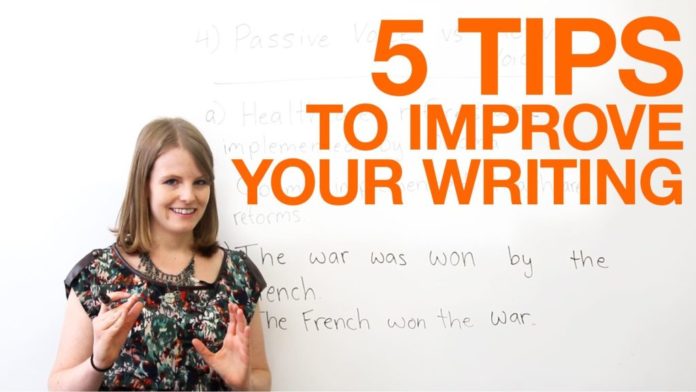Writing academic documents or online case study assignment is a tricky affair. How many times have you pulled your hair over delivering a good and ‘original’ research paper? While everyone desires original content, it’s hard to come by as inspiration and ideas that are available for free or for a fee (looking up case study assignment help, for instance), everywhere. How can you ensure then that you borrow ideas for your paper or academic document without falling into the trap of plagiarism, so it stays original?
Here are five tricks that you can employ to turn in an original document.
Get Original Idea
- Research: The first step to turning in an original academic document is to come up with an original idea. But ideas don’t pop out of people’s heads just like that. To come up with an original gem, you need to be in on the latest research in your field and have a good understanding of the techniques that are being employed. This will give you a good platform to start with.
- Lots of Reading: Read, read, read. This is another way to get the original idea for your research paper, so it doesn’t cut into someone else’s thinking. Every decent published paper in every field contains a discussion section from where you can get a lot of ideas and a discussion on what further research is required to answer the question raised by the authors.
- Peer Reviewing: For journals is yet another way of getting innovative ideas. If you criticize someone else’s work, you will get your creative juices flowing and there are chances you’ll get ideas on how to make it better. And you will have a head start, obviously as no one else has read the paper.
Cite or Quote
Citing is one of the effective tricks to avoid plagiarism to help you write an original document. All you need to do is follow the standard document formatting guidelines (such as Chicago Manual, MLA, APA) that your institute is using. This saves you a lot of trouble with the plagiarism trackers, and it’s quite simple, too. Just add the name of the author, the date of the publication, and the source name from where you took the information.
- Citing someone’s work: This is a problem and requires caution but citing your work in another paper? We know, sounds odd, isn’t it? What possible harm could come out of it? If you ask us, nothing. The trick is to follow the same guidelines as you do for others’ work. You must cite yourself properly. Not doing it is called self-plagiarism and that is not acceptable, too.
- Quoting the right way: When you quote a source, you are making use of another trick up your sleeve for writing an original research paper. The idea is to quote the source in their exact words as misquoting someone can land you in soup. But, you need to limit your quote to below 40 words as most of the institutes’ frown on “block quotes” or quotes longer than 40 words. You can do a mix of quotes and paraphrasing. It is a time-consuming process and requires a lot of effort and creativity, but it’s worth it to avoid plagiarism allegations.
Paraphrase or Summarize
Another way of turning in an original document is to paraphrase that perfect chunk of information you found in some source for your research paper. Read the stuff thoroughly and then summarize the same information in your own words. You need to ensure that you do not copy verbatim more than two words in a row from the text. More than two words used together is the alarm bell for the algorithms of the plagiarism trackers to activate and catch you red-handed! After you’re done, attribute the information to the source.
- Summarizing: This is different from paraphrasing and is yet another trick to turn in a good and original research paper. It involves translating the main idea into your own words, including only the main points. You still need to attribute the summarized ideas to the source.
- Referencing: Referencing from multiple sources reduces plagiarism instances and increases your chances of writing an original academic document. You can refer and take ideas from a lot of sources. All you need to do is include a reference page or page of works at the end of your research paper, citing all the sources. Every institute has prescribed a set of guidelines for these, and you must stick to it.
- Understanding: Familiarity and understanding of the topic are very important for writing original research papers. Remember, if you understand the topic well, you are perfectly capable of writing it in your own words. Do some hard work; besides the internet (which is the easiest these days), look for information in the books (which are a more authoritative source anyways), notes, research journals. The trick is if you’re using multiple sources, there are lesser chances of you lifting the information from just one source and landing in the trap of plagiarism.
Ask Your Instructor
Last, but not the least, is asking your instructor. If you’re in doubt, you can always approach your professors for guidance While Writing a College Assignment. They’ll be more than happy to help you rather than grading your paper and then reprimanding you with plagiarized text!
There you go. Making an academic document or an online case study assignment original seems a lot easier now with these tricks.
Wish to learn more about how to improve your papers? Check out free case study assignment help services on the web.




 Login
Login 











